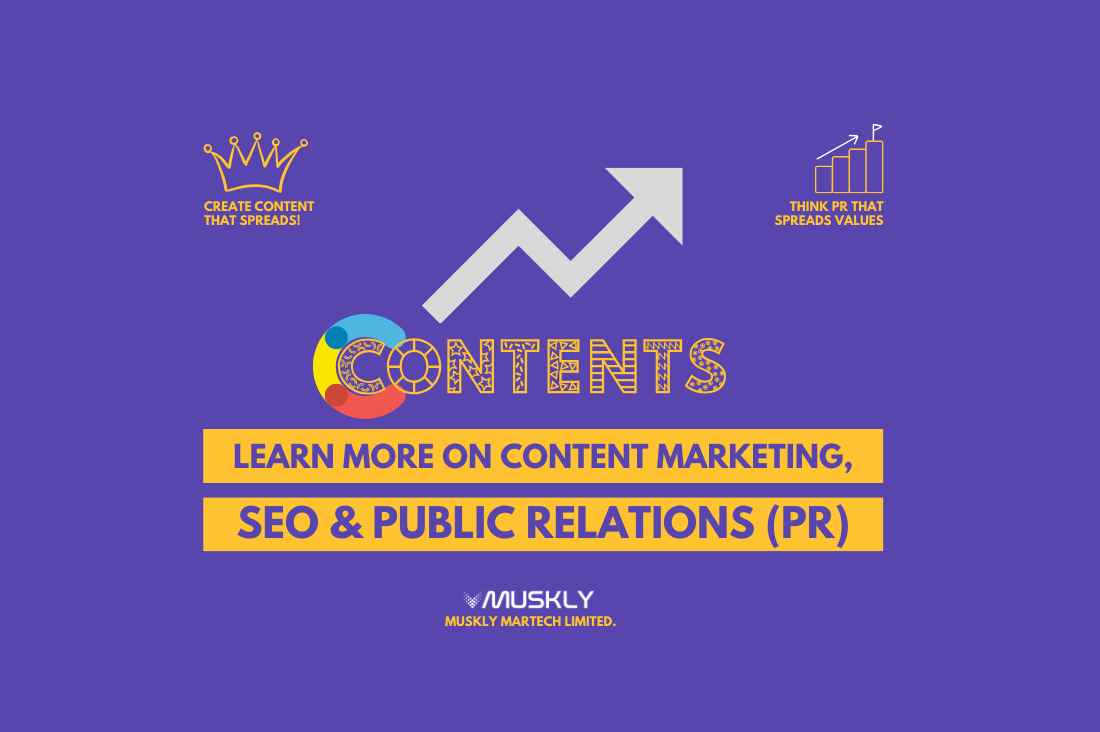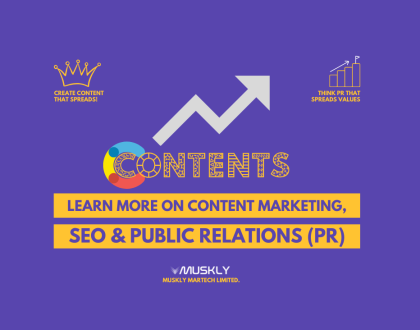How the PESO Model™ by Gini Dietrich (SpinSucks) Revolutionized My PR and Marketing Strategies!

According to Wikipedia – The PESO Model is a strategic framework used in marketing and public relations to categorize media into four types: paid, earned, shared, and owned. The model describes the use of different media channels in organizations’ marketing approach, and has been widely adopted in the marketing communications industry.
This popular PR term was coined by Gini Dietrich in her book Spin Sucks (2014) in recognition of the changing landscape of media and the convergence of different types of media.
Unpacking the multifaceted PESO model, I’ve gathered insights from seven marketing and PR experts, including principals and founders, on its impact on their strategies. From the guiding principles of PESO in marketing to achieving balanced synergy with the PESO framework, delve into how this model shapes the narratives and campaigns of today’s industry leaders.
- Guiding Principle of PESO in Marketing
- Creating Connection and Engagement
- Using PESO’s Holistic Strategy
- Separating Marketing Channels
- Trying PESO Prism Persuasion
- Orchestrating PESO Channels Like a Symphony
- Balancing Synergy with PESO Framework
Guiding Principle of PESO in Marketing
The PESO model, encompassing paid, earned, social, and owned media, has been a guiding principle in my PR and marketing approach. Coordinating all four elements enhances the chances of success. Earned media supports social efforts, while paid media complements with additional support. Creating owned media content aligns seamlessly with earned opportunities.
I’ve been a steadfast believer in the PESO model since learning about it 15 years ago, recognizing its enduring impact on effective marketing strategies.
John McCartney, APR, Principal, Jmac PR
Creating Connection and Engagement
The PESO model in PR is a mix of paid ads, earning trust, sharing cool content on social media, and using our own platforms like blogs and websites.
This combination means we can reach folks in many different ways, making our messages stick. It’s not just about getting seen; it’s about creating a real connection. This approach has made our campaigns more powerful and our audience more engaged. It’s a smart, well-rounded strategy that really makes a difference.
Marco Genaro Palma, Content Marketing Manager, PRLab
Using PESO’s Holistic Strategy
The PESO model stands for Paid, Earned, Shared, and Owned media. It’s a comprehensive framework that guides the integration and balance of different types of media for effective public relations and marketing strategies. In my approach to PR and marketing at CodeDesign, the PESO model has been influential in creating a holistic and integrated strategy.
Paid media, like online ads, offers controlled and targeted messaging, essential for reaching specific audiences and driving immediate results. Earned media, including media coverage and word-of-mouth, provides credibility and organic reach, which are crucial for building trust and brand reputation. Shared media encompasses social media and community engagement, key for real-time interaction and audience engagement. Owned media, such as websites and blogs, offers complete control over content and brand narrative.
By integrating these elements, the PESO model helps in creating a more cohesive and powerful marketing strategy. For example, a campaign can start with paid ads to generate initial awareness, use social media (shared media) to engage with audiences, leverage earned media for credibility, and direct traffic to owned properties for deeper engagement. This integrated approach ensures that all channels work together, amplifying the impact and reach of marketing efforts. The PESO model’s holistic view of media ensures that PR and marketing efforts are not siloed but are part of a coherent strategy that leverages the strengths of each media type for maximum impact.
Bruno Gavino, Founder, CEO, CodeDesign
Separating Marketing Channels
The PESO model, which stands for paid, earned, shared, and owned, divides marketing channels into distinct groups. In my experience, the separation of marketing channels described in the PESO model is more common among agencies with limited service offerings. For these agencies, separation was a practical approach to organizing their services.
However, at our full-service agency, we do everything to promote the client’s business. First, a marketer needs to set business goals and then convey them to all departments (SEO, SMM, PPC, PR). This ensures that no matter what type of media it is, it is consistent with the company’s values and goals.
Yevhen Koplyk, Head of Marketing, WiserBrand
Trying PESO Prism Persuasion
In our sportswear business, the PESO model has profoundly shaped our PR and marketing strategies. Particularly, it has guided us in blending traditional and digital media.
For instance, when launching our latest fitness line, we combined paid advertising on fitness blogs with stories in local sports magazines (earned media). Simultaneously, we leveraged our social media platforms (shared media) to create a buzz, while our blog (owned media) detailed the journey behind our products.
This integrated approach, which I like to call the “PESO Prism Persuasion,” expanded our reach and created a more authentic and relatable brand image, truly reflecting our commitment to promoting an active lifestyle.
Jay Barton, CEO and Founder, ASRV
Orchestrating PESO Channels Like a Symphony
The PESO model stands for Paid, Earned, Shared, and Owned Media. It guides my PR and marketing approach by urging me to strategically orchestrate these channels like a conductor leading a symphony.
Paid media kicks off the performance, boosting visibility through targeted ads and sponsorships. This initial thrust then resonates with earned media, where journalists and influencers amplify my message organically. Shared media, fueled by social media engagement, amplifies the buzz further, creating a chorus of voices singing my praises.
Finally, owned media, like my website and blog, offer a permanent stage for showcasing my expertise and nurturing leads. By weaving these channels together, the PESO model ensures my message isn’t just heard but truly felt, creating a lasting impact that transcends fleeting trends.
Fahad Khan, Digital Marketing Manager, Ubuy India
Balancing Synergy with PESO Framework
The Paid, Earned, Shared, and Owned media model is known as the PESO Model for public relations programs. It focuses on combining these four types of media to develop a unified approach. In my method, the PESO model is used as a framework that will ensure a well-balanced and effective communication strategy.
Paid media is either advertising or word-of-mouth; earned media concerns traditional PR coverage. Considering all these factors, I try to achieve a balanced synergy that produces the most influential effect on the campaign. For example, shared media on social platforms can amplify earned media coverage, while paid forms of advertising may complement owned content.
This model motivates a more balanced approach, thereby avoiding single-channel dependency. It has made me see that PR and marketing are an ecosystem of interdependence, where each element complements the other. This holistic approach ensures a more robust and efficient communications campaign.
Manish Shrestha, Founder, BiheBazaar Pvt Ltd
Recommended Posts

7 Significant Ways AI Will Transform Public Relations!
March 5, 2024

10 Most Effective Tips for Emailing Press Releases to Journalists!
February 10, 2024

